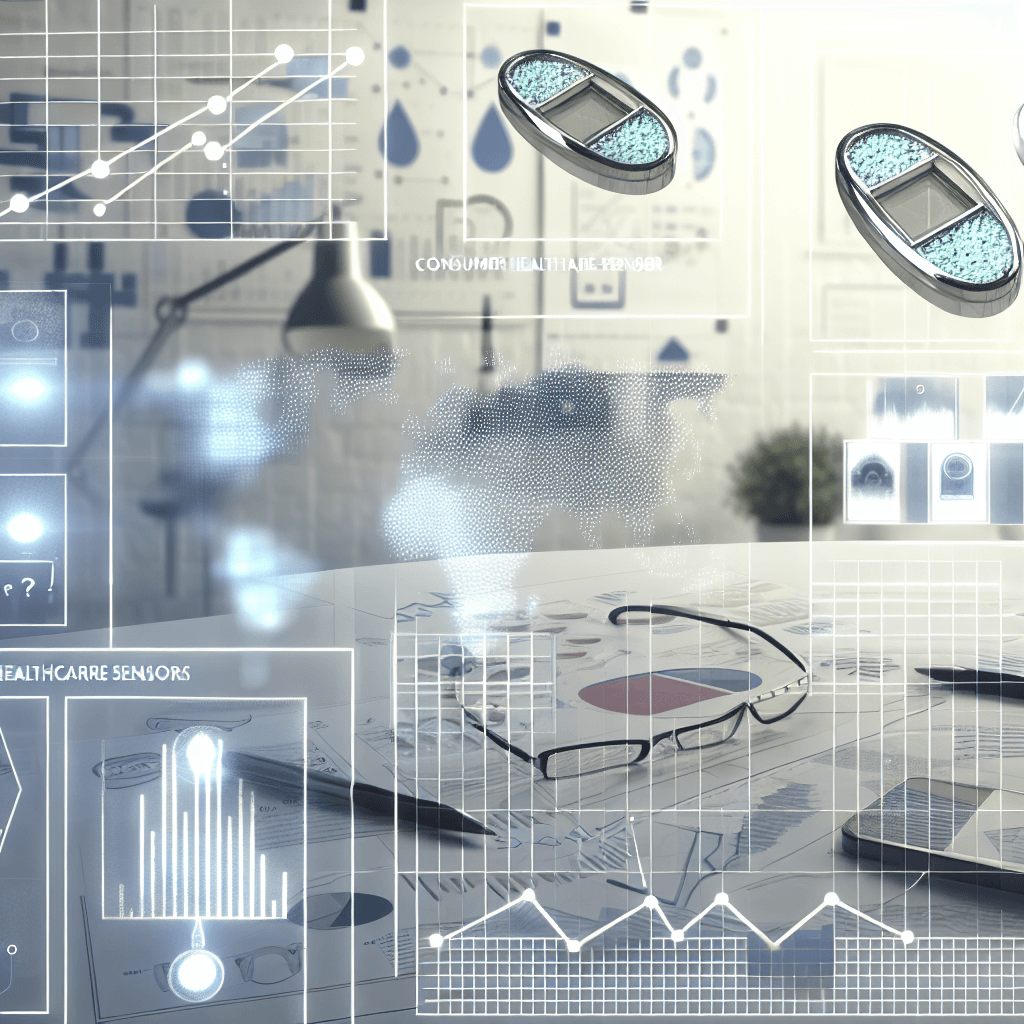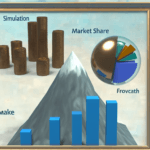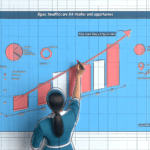Explore the latest trends, market size, and forecasts in the consumer healthcare sensor industry.
Consumer Healthcare Sensor Market Size, Share, Trends & Forecast

Table of Contents
- Consumer Healthcare Sensor Market Size, Share, Trends & Forecast
- Current Market Overview
- Market Size and Forecast
- Market Share and Competitive Landscape
- Emerging Trends in the Consumer Healthcare Sensor Market
- Regional Insights
- Case Studies: Innovations and Impact
- Challenges and Barriers
- Future Outlook
- Conclusion
Consumer Healthcare Sensor Market Size, Share, Trends & Forecast

The consumer healthcare sensor market is a rapidly evolving sector, driven by increasing health awareness, technological advancements, and the growing adoption of wearable devices. This article delves into the current market size, shares, trends, and provides a forecast, highlighting the key players and innovations shaping the future of healthcare sensors.
Current Market Overview
The global market for consumer healthcare sensors has witnessed significant growth over the past few years. These sensors, which include devices for monitoring heart rate, blood pressure, glucose levels, and more, are becoming integral to personal health management. The integration of sensors in wearable technology has particularly been a game changer, enabling real-time health monitoring and data analysis.
Market Size and Forecast
According to recent studies, the consumer healthcare sensor market was valued at approximately USD 12 billion in 2022 and is expected to reach around USD 25 billion by 2030, growing at a compound annual growth rate (CAGR) of 8.5% during the forecast period. This growth is primarily fueled by the increasing prevalence of chronic diseases and the rising demand for wearable devices.
Market Share and Competitive Landscape
The market is highly competitive with several key players dominating the industry. Companies like Apple Inc., Fitbit, Garmin, and Philips are at the forefront, continually innovating and expanding their product lines to include advanced sensor technologies. For instance, Apple’s latest series of watches include sensors that can measure blood oxygen levels and even conduct an electrocardiogram.
Emerging Trends in the Consumer Healthcare Sensor Market
- Integration of AI and Machine Learning: Advanced algorithms are being used to enhance the accuracy and functionality of healthcare sensors, making them smarter and more predictive.
- Focus on Mental Health: New sensors are being developed to monitor stress levels and emotional health, reflecting a broader understanding of wellness that includes mental well-being.
- Non-Invasive Technology: There is a growing trend towards non-invasive monitoring solutions, which are more comfortable for users and can be used continuously without the need for medical supervision.
Regional Insights
The North American region holds the largest share of the consumer healthcare sensor market, attributed to high health awareness, technological adoption, and the presence of key market players. However, Asia-Pacific is expected to witness the highest growth rate due to increasing healthcare expenditure and the rising prevalence of chronic diseases in countries like China and India.
Case Studies: Innovations and Impact
Several case studies highlight the impact of healthcare sensors in improving consumer health outcomes:
- Fitbit’s Heart Study: Fitbit’s research demonstrated how wearable technology could detect atrial fibrillation (AFib) effectively, helping users seek timely medical intervention.
- Diabetes Monitoring: Continuous Glucose Monitors (CGMs) have revolutionized diabetes management by providing real-time insights into glucose levels, significantly improving patient quality of life.
Challenges and Barriers
Despite the promising growth, the market faces several challenges:
- Data Privacy and Security: With increasing amounts of personal health data being collected, ensuring privacy and security is paramount.
- Regulatory Compliance: Healthcare devices are subject to stringent regulations, which can be a barrier to rapid innovation and market entry.
- Cost and Accessibility: High costs and lack of access in low-income markets can limit the adoption of advanced healthcare sensors.
Future Outlook
The future of the consumer healthcare sensor market looks promising with several opportunities for growth and innovation. The ongoing research and development aimed at enhancing the accuracy, affordability, and usability of sensors are expected to drive further market expansion. Additionally, partnerships between tech companies and healthcare providers are likely to boost market dynamics by integrating consumer health data into medical practice.
Conclusion
The consumer healthcare sensor market is set to transform personal health management through innovative technologies and devices. With a strong growth forecast, emerging trends like AI integration, and a focus on mental health, the sector is poised for significant expansion. However, addressing challenges such as data security and regulatory compliance will be crucial for sustaining growth. As technology continues to evolve, the potential for these sensors to improve healthcare outcomes and quality of life is immense, making this an exciting area to watch in the coming years.
In conclusion, the consumer healthcare sensor market offers vast opportunities for both businesses and consumers. By staying informed about the latest trends and innovations, stakeholders can better navigate this dynamic market landscape.








